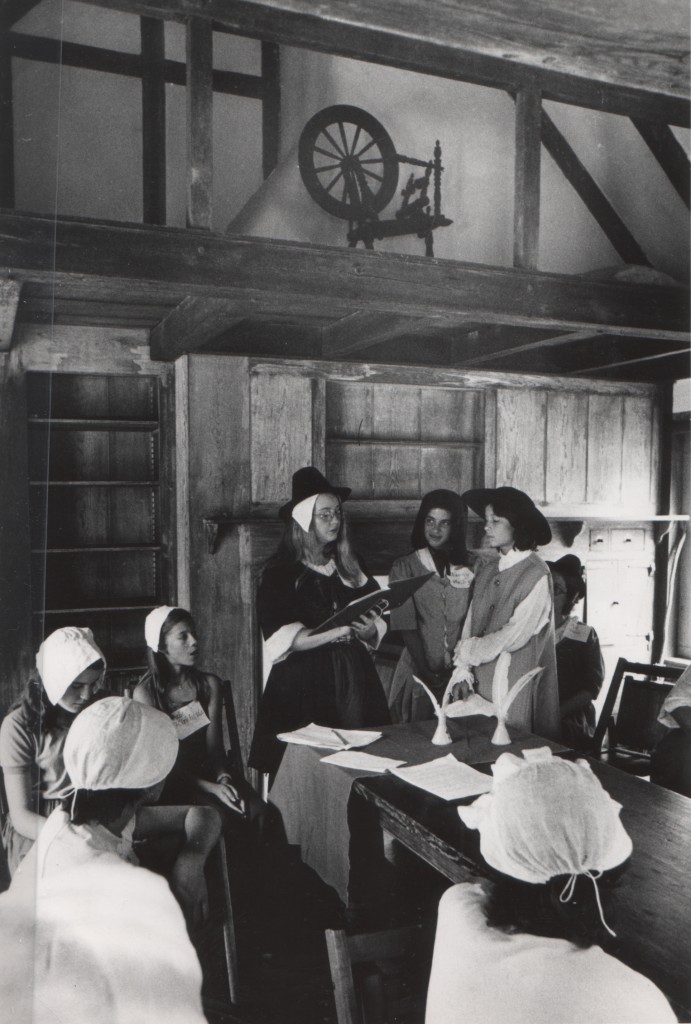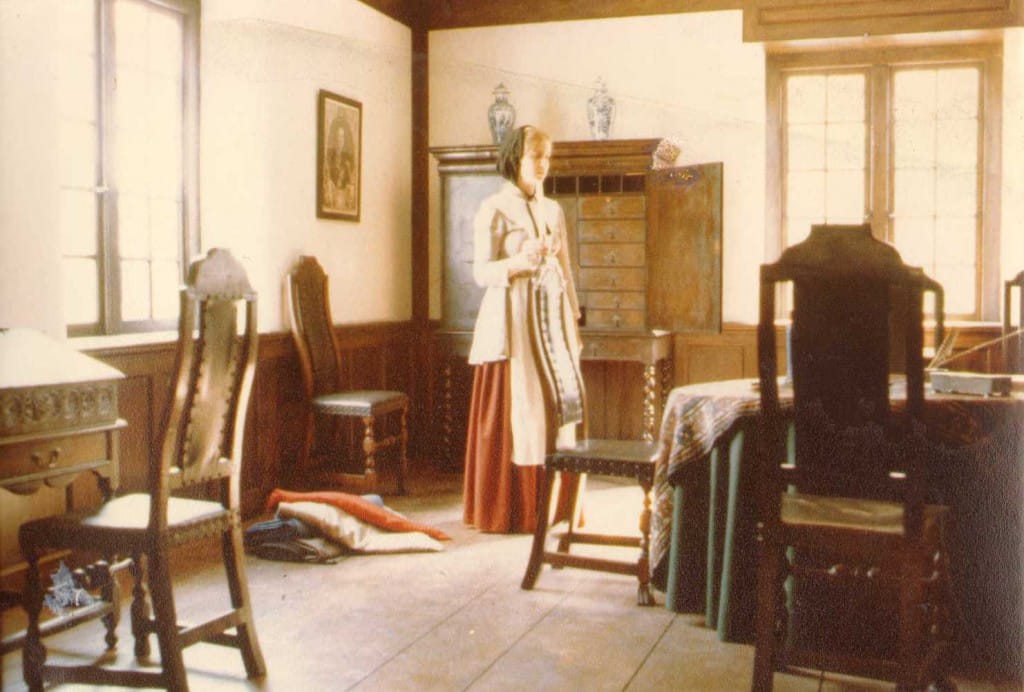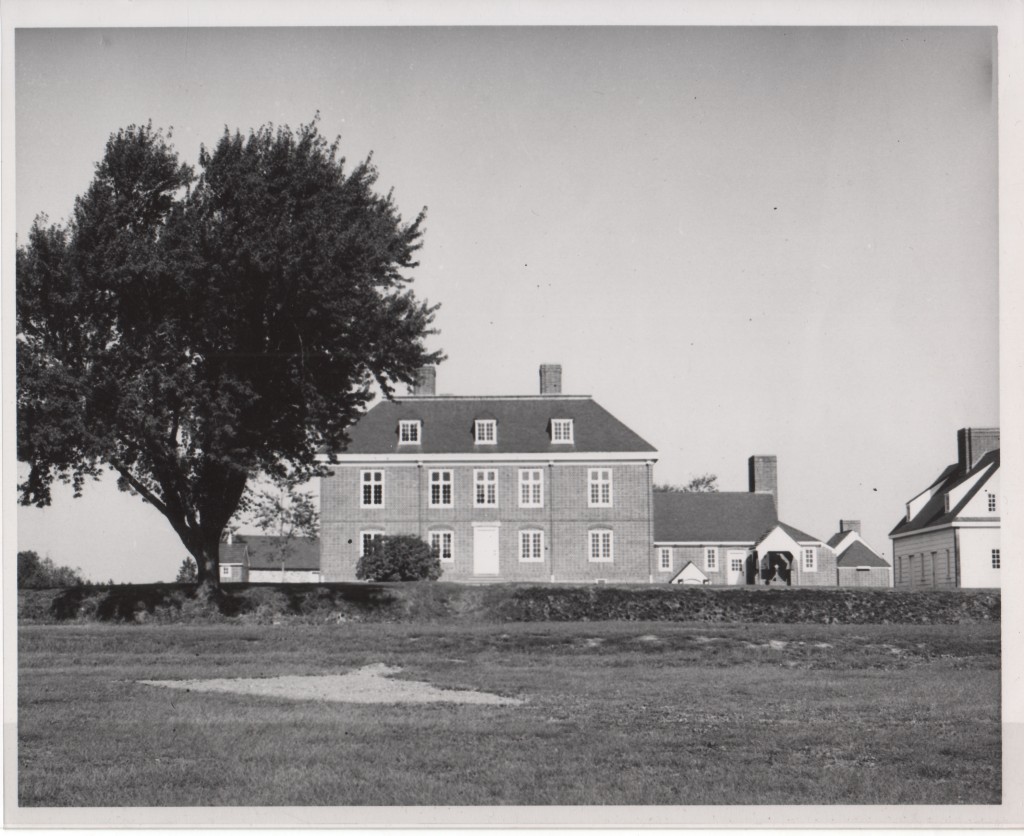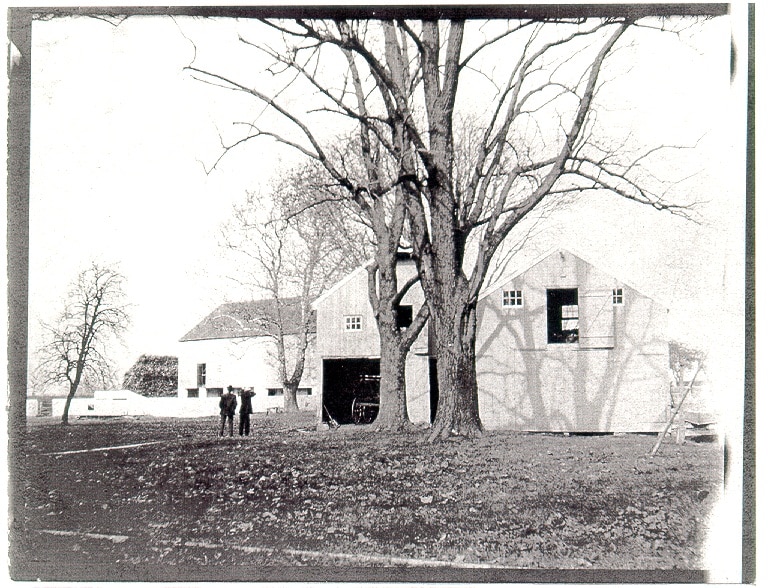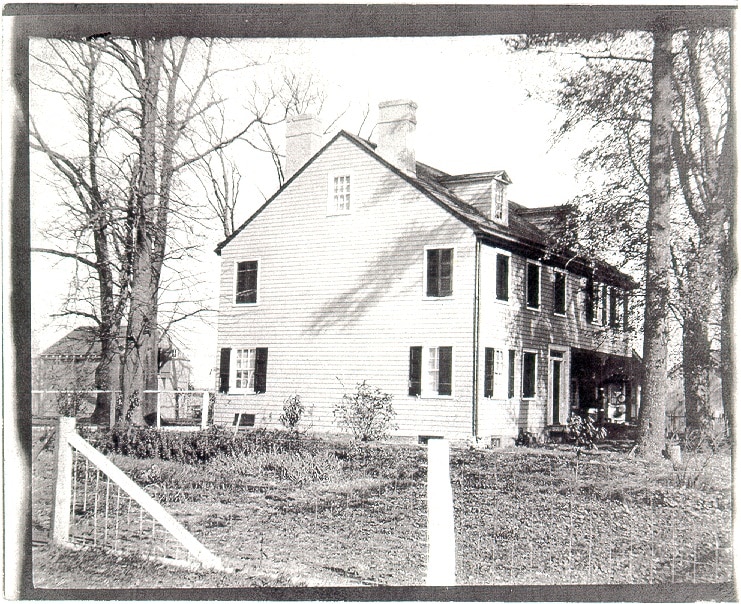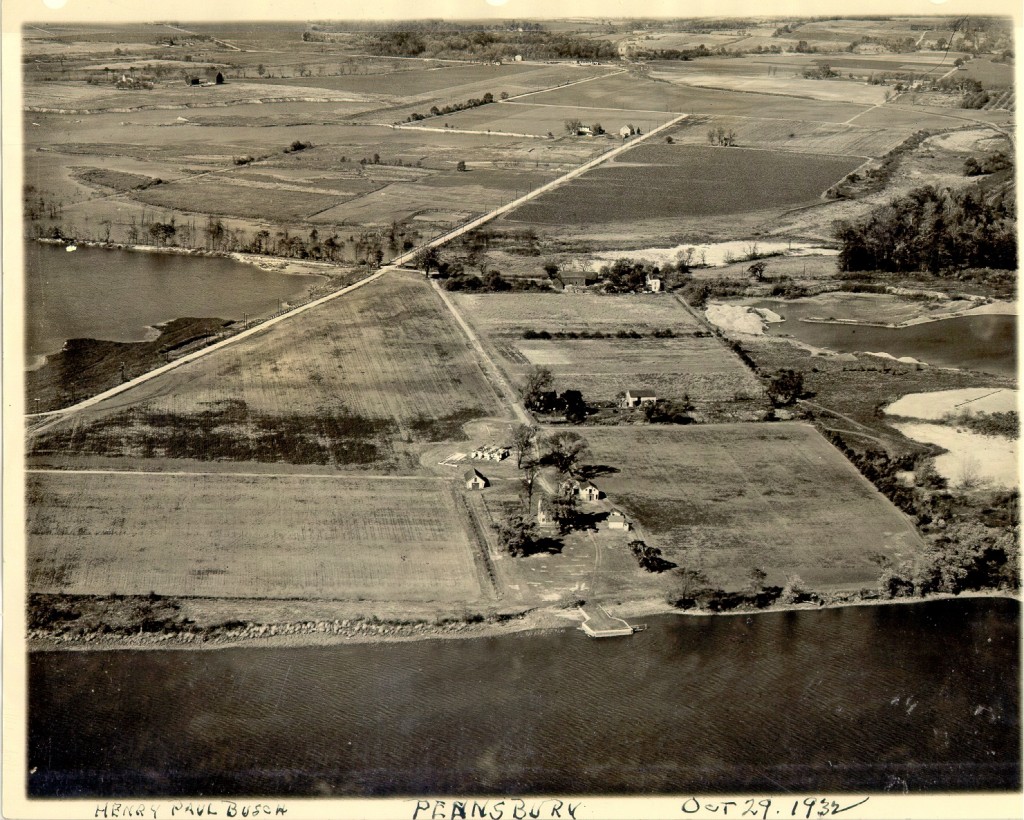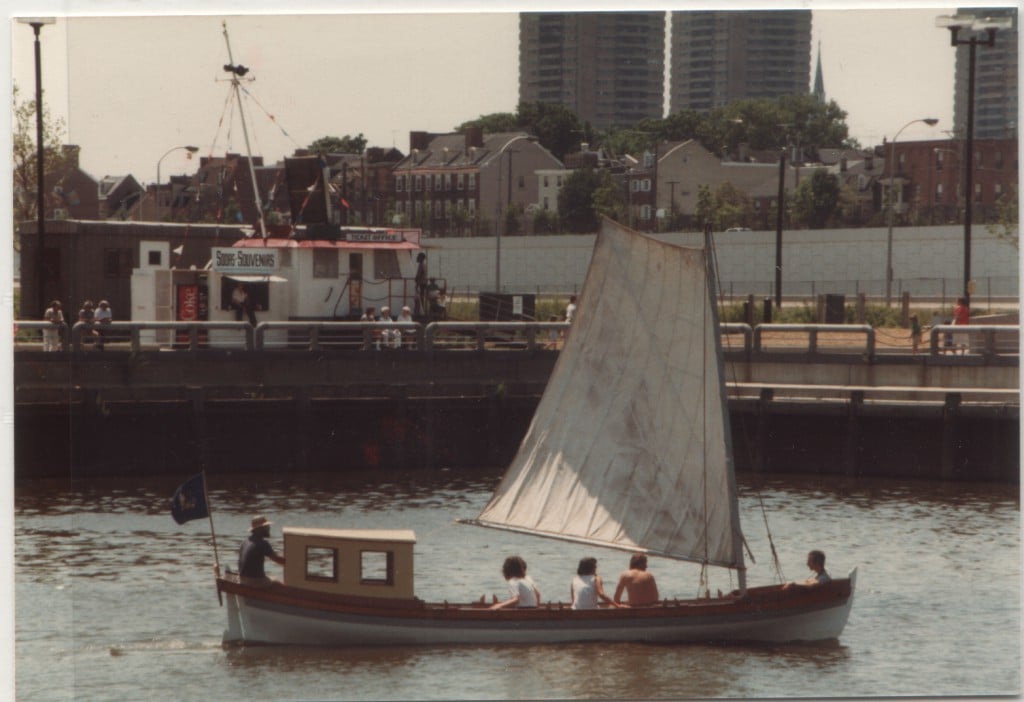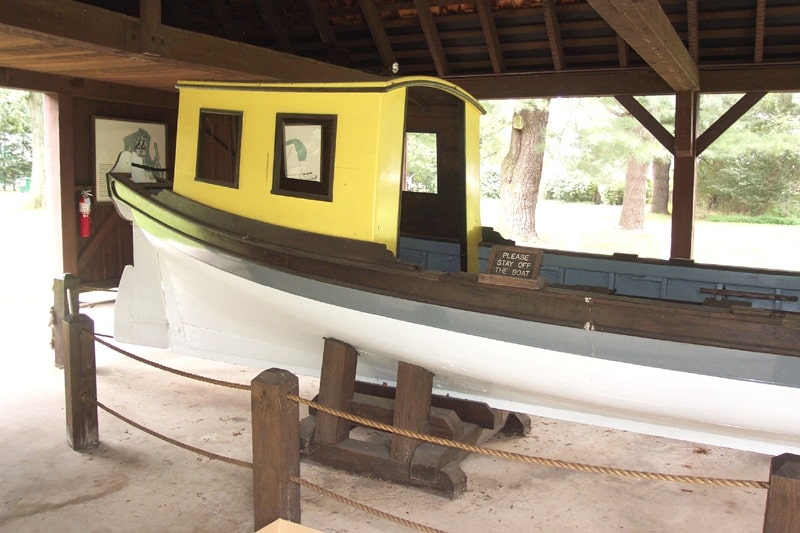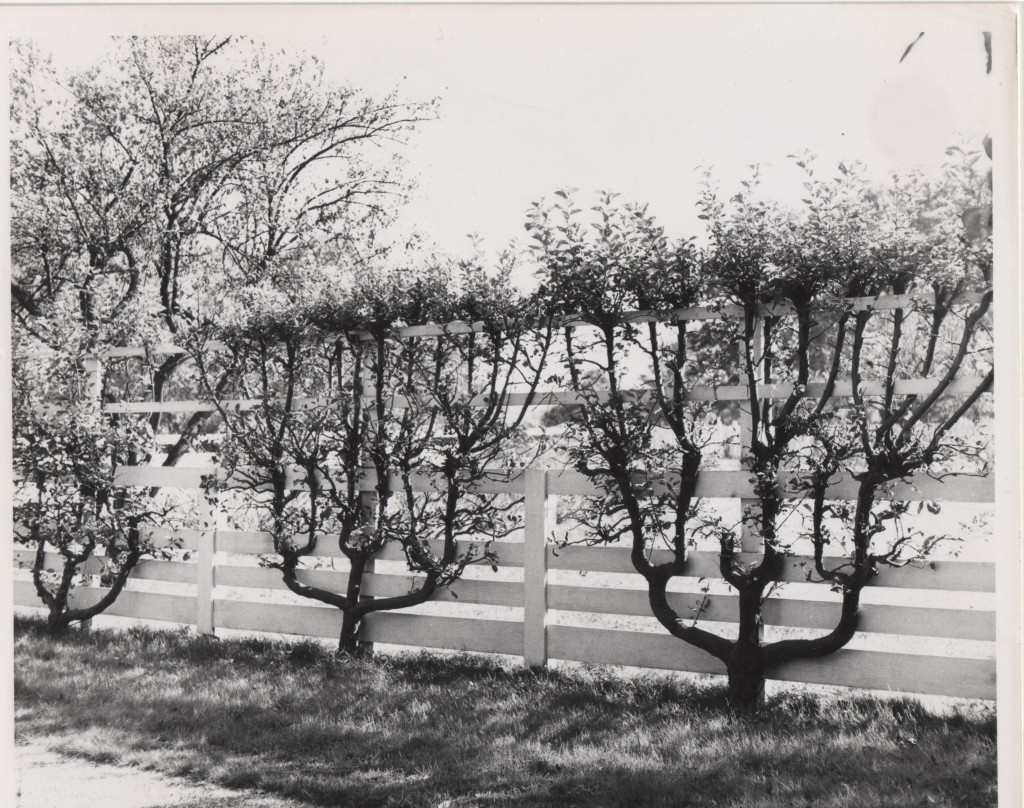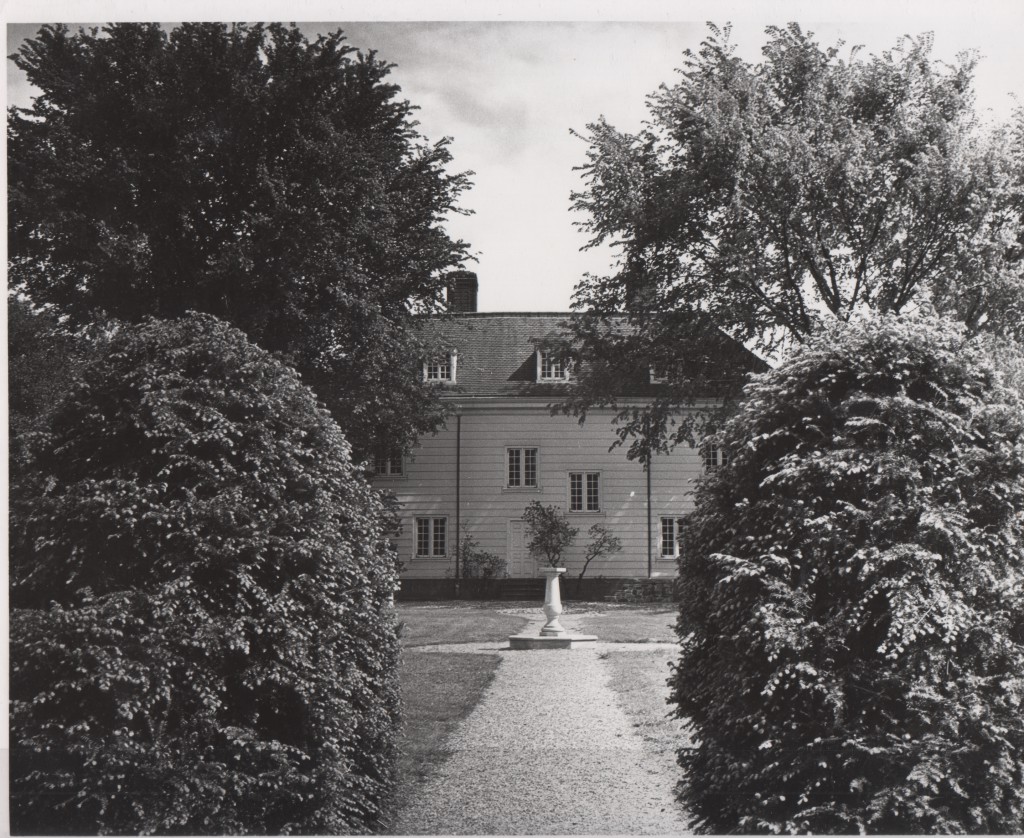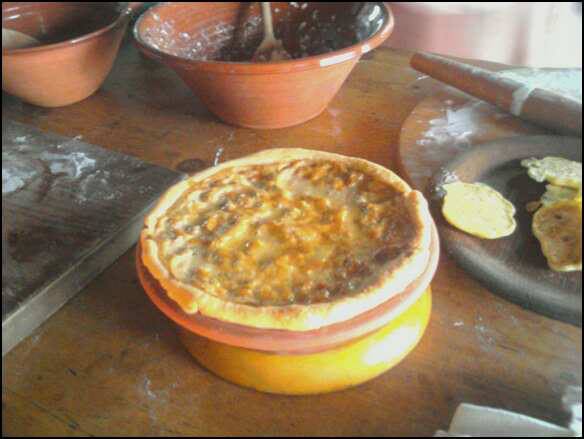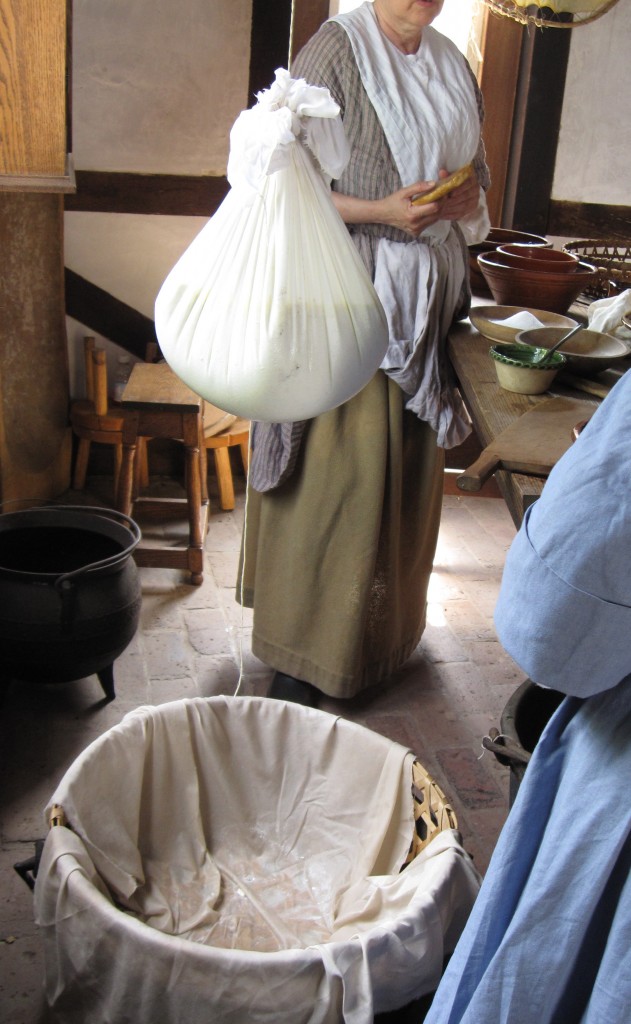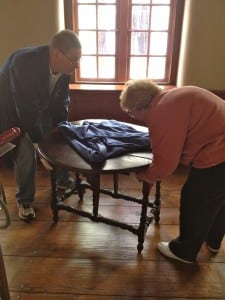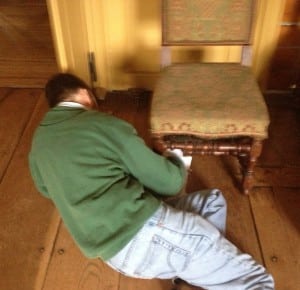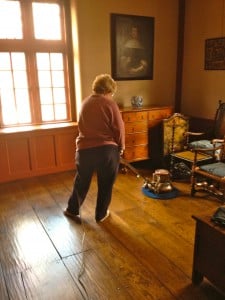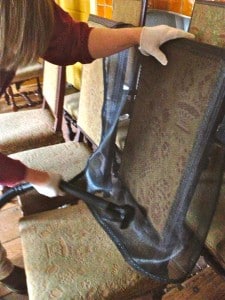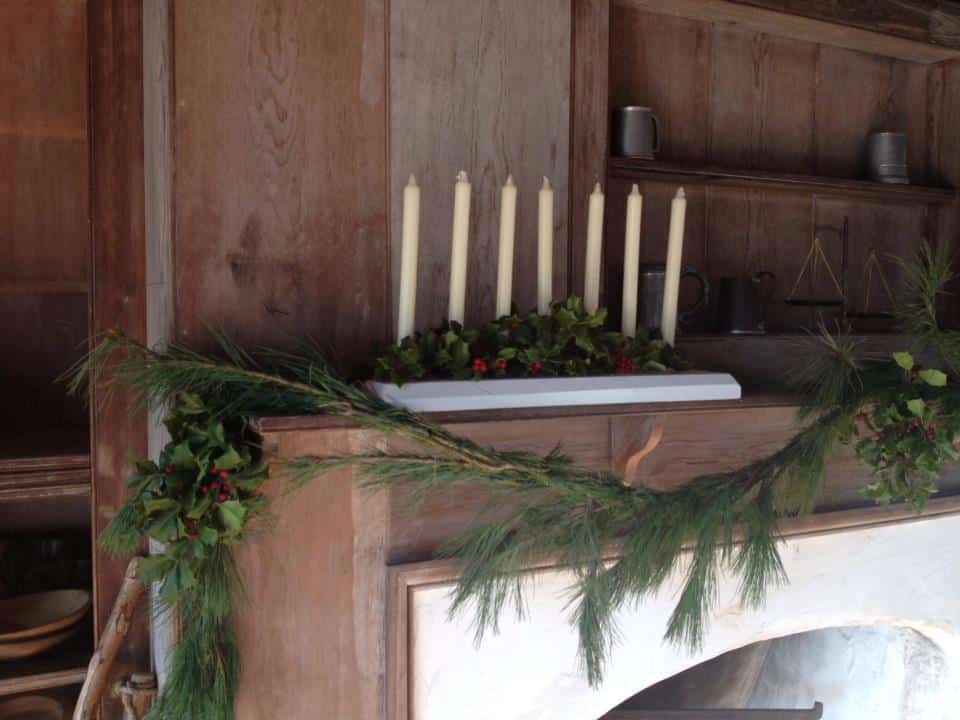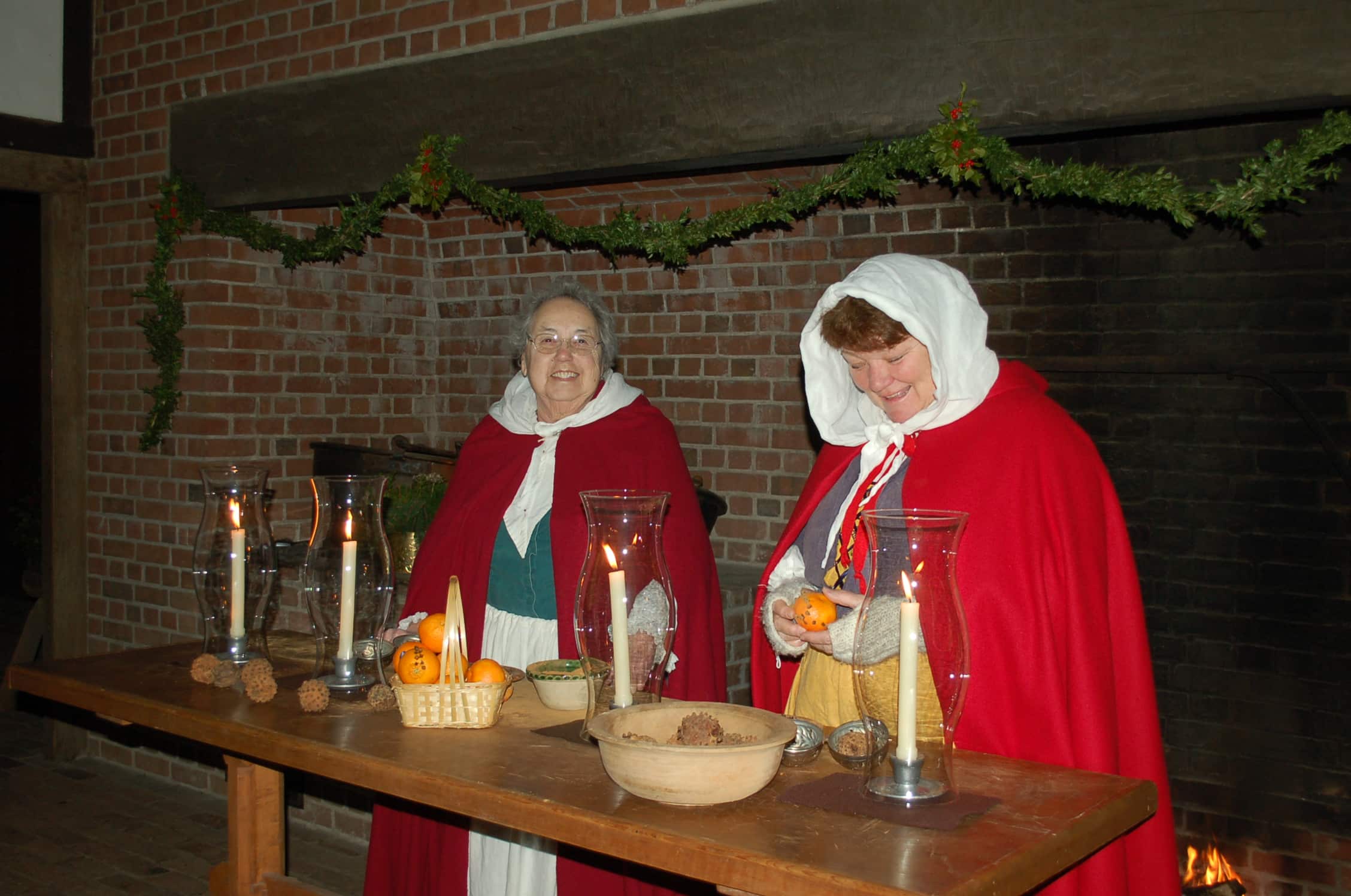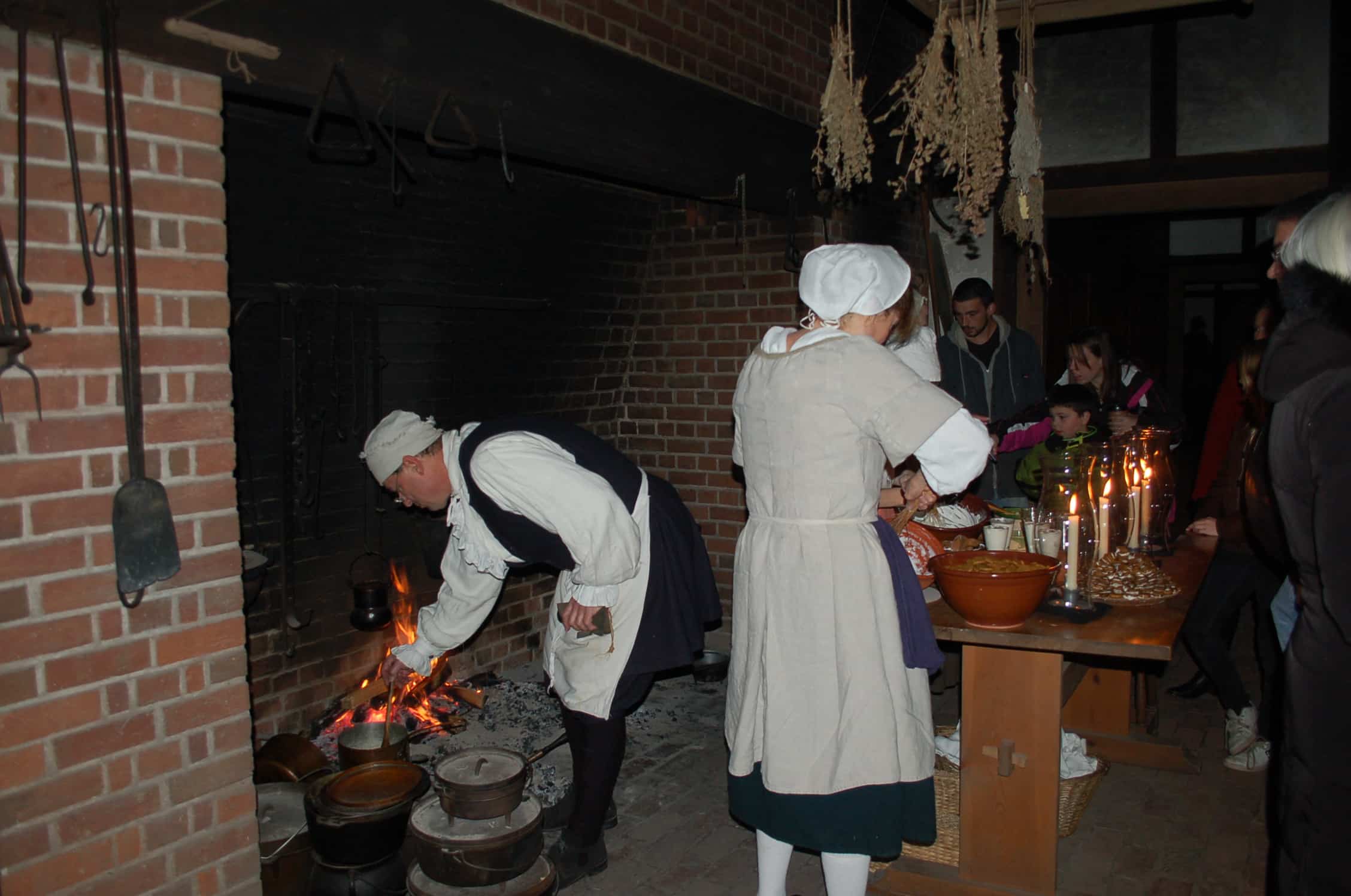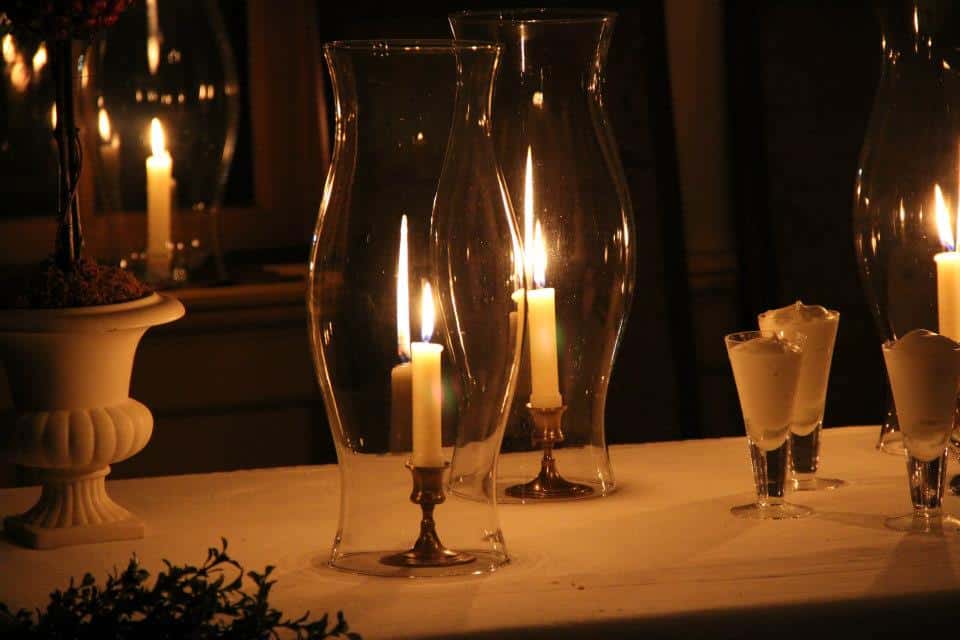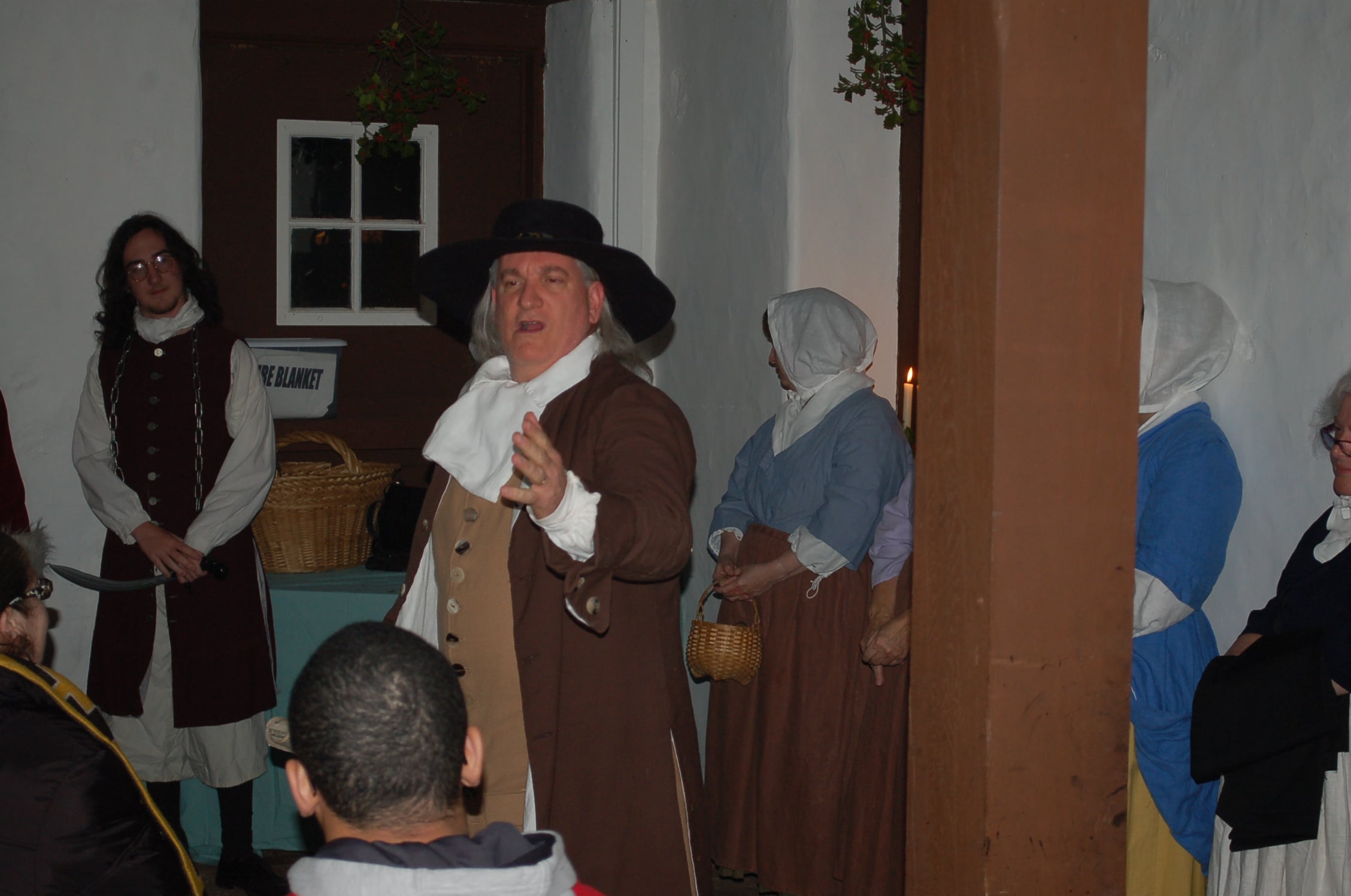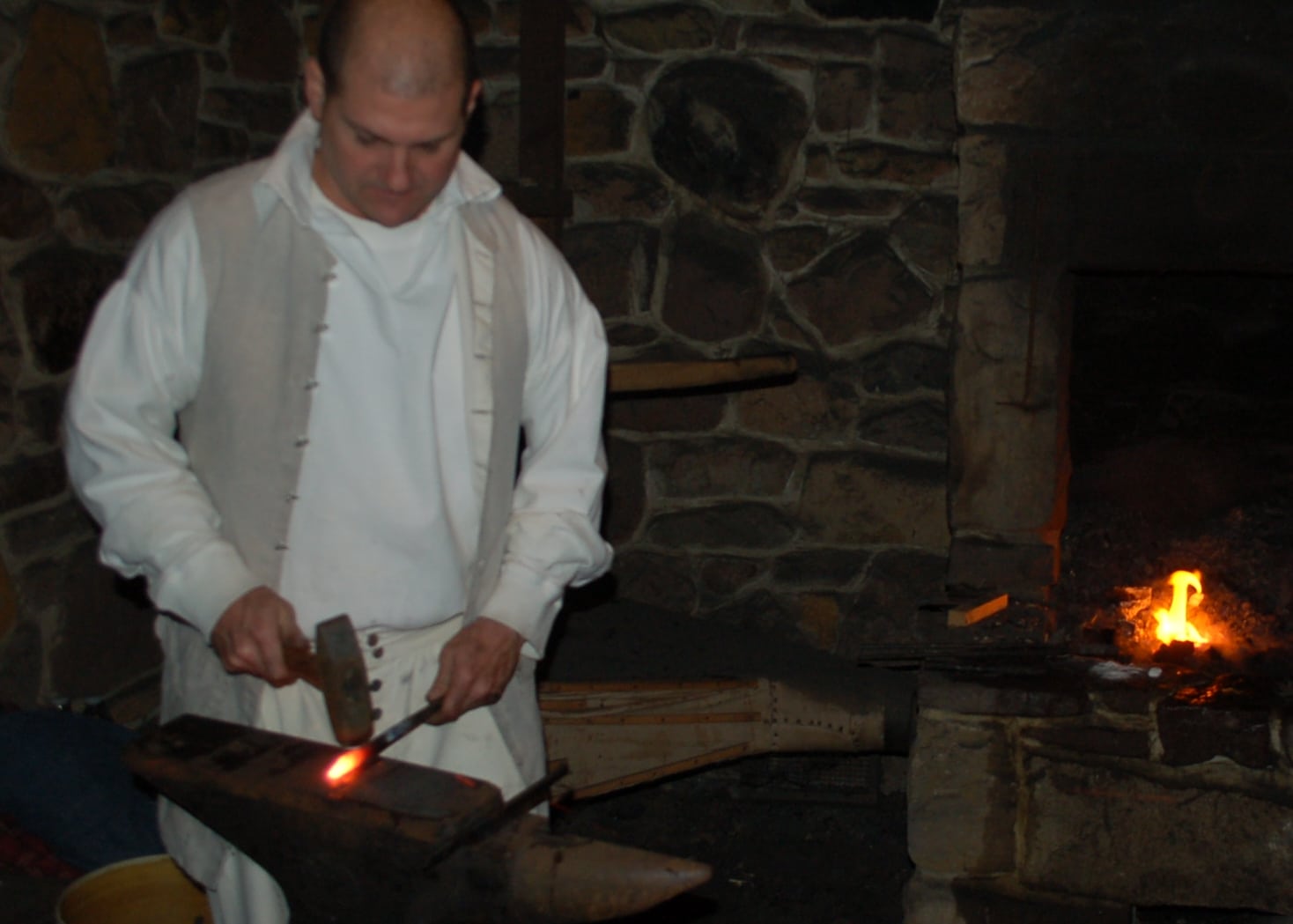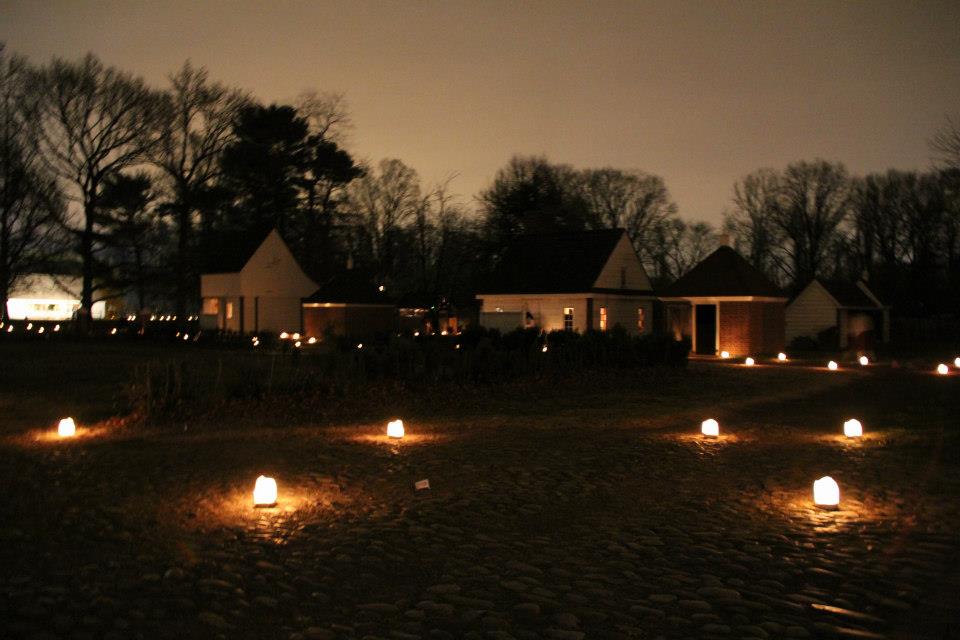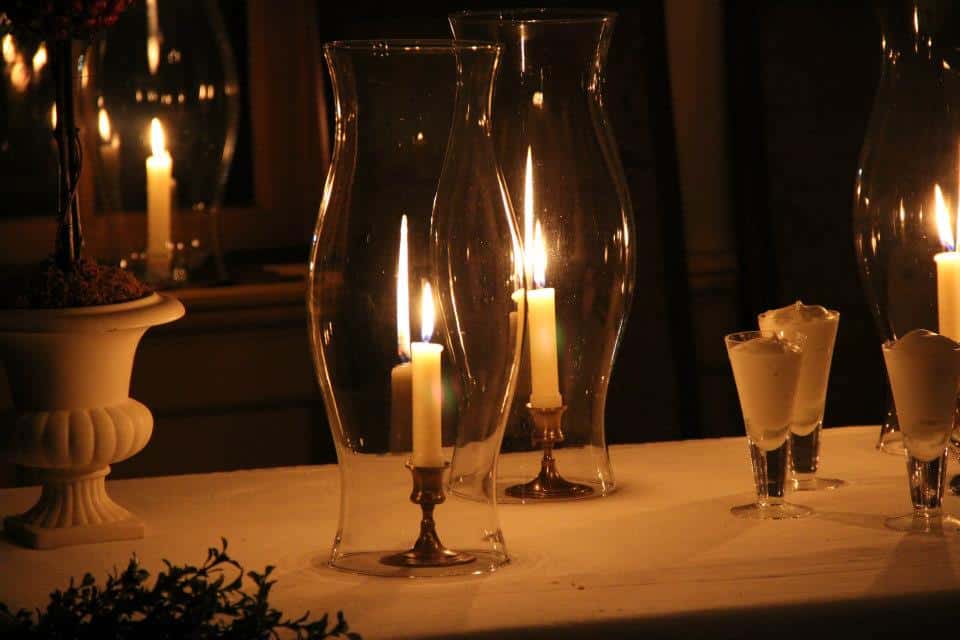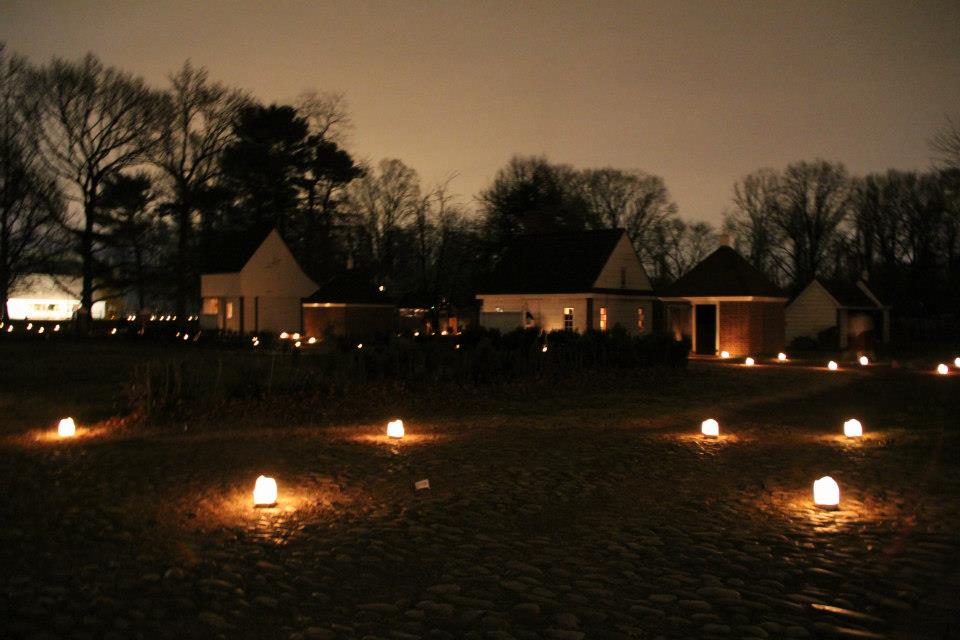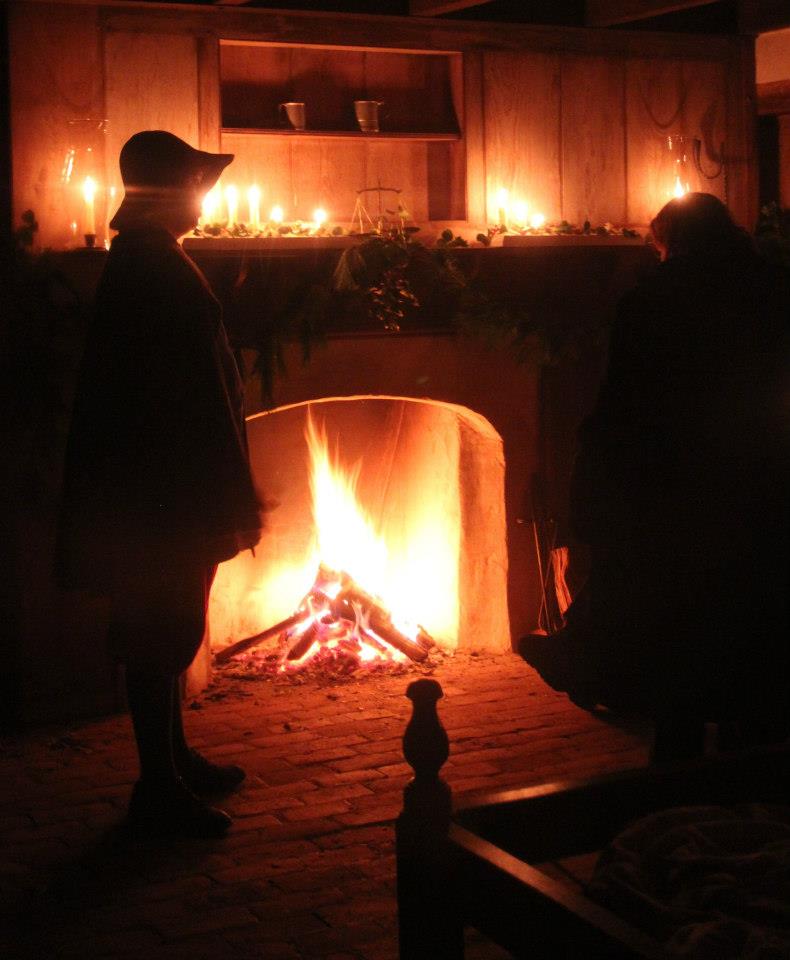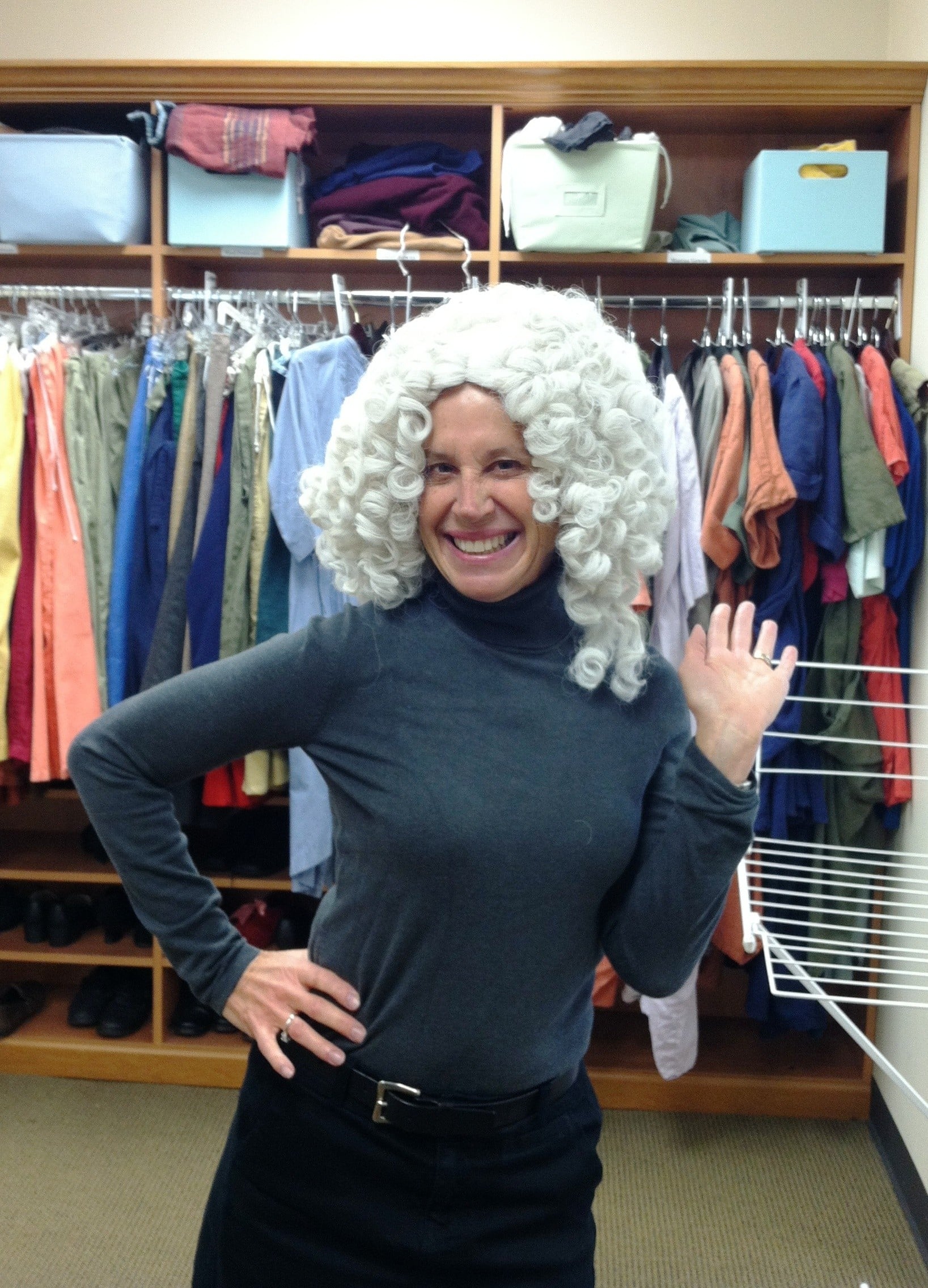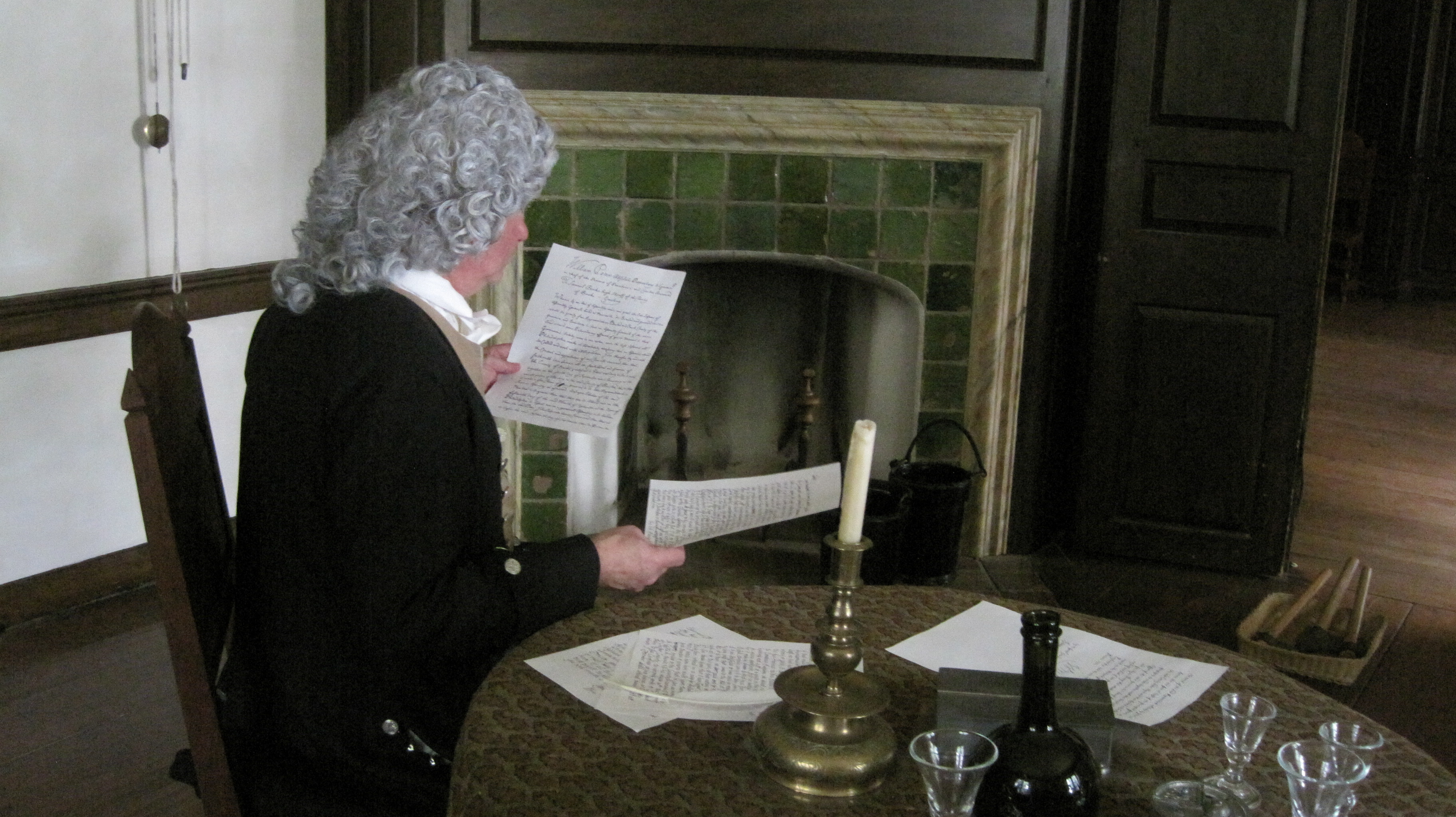Pennsbury Manor’s interns have been hard at work researching new stories for our 75th anniversary. As they continue to explore Pennsbury’s history, we’ll be sharing their reflections on what they’re discovering!
An Interview with Nancy Kolb
As we work to collect stories about Pennsbury Manor’s history and evolution, a major goal was tracking down and interviewing some of the staff and volunteers who worked with Pennsbury over the years. Their stories provide a great picture of Pennsbury as it grew and changed.
As site director for two years and a key component in developing the story of Pennsbury Manor, Nancy Kolb provided us with everything we had hoped for during a recent phone interview. She was a pleasure to talk to and had a surprising humor in her tone as she revealed, “I don’t think I’ve ever had more fun in my career than I did in the three years we were building that program.”
At the time of Mrs. Kolb’s appointment as Director of the site, Pennsbury was somewhat of a blank slate. With the assistance of the staff and outside resources, Mrs. Kolb re-furnished the Manor House, started up the school programs, and began the tradition of the tour guides dressing in period clothing. Her main goals were to create a more historically accurate Pennsbury that would interest children and adults alike.
Mrs. Kolb admits that there truly is no way to know what Pennsbury looked like to William Penn. She, like many others, used the small amount of historical evidence that she could find to better Pennsbury. She fondly admits, “When I was in England I actually went to Jordan’s [Crossing in Buckinghamshire] where he [William Penn] is buried and I expected a bolt of lightning to come out and hit me on the head, but it didn’t which was very reassuring”. This confirm to Nancy that she’d made Penn proud and hopefully he’ll continue to be as each site director adds to their own ideas and evolves Pennsbury into one of the most unique reconstructions in history!
By Nicole Smith, Intern

